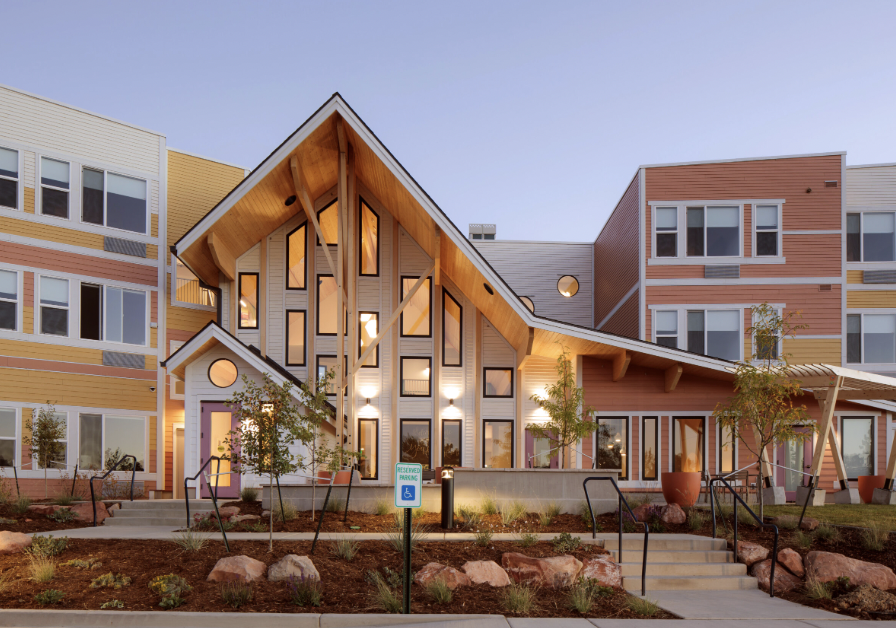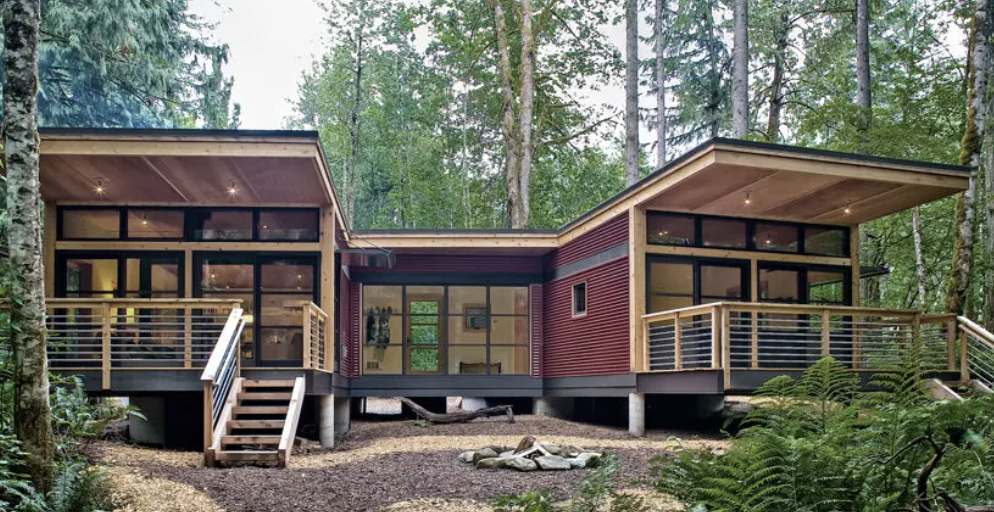Imagine a comfortable, attractive home that is well-designed and has features that greatly reduce the energy demand. It has a heating and ventilation system that is half the size and cost of a regular home. It has exceptionally clean indoor air. It can handle prolonged power outages and stand up to extreme weather. It is far less susceptible to loss from a wildfire or other calamity. In short, it’s as close to future-proof as one can imagine.
And the kicker – its price tag is what your neighbour just spent on their “custom home,” but yours will be completed in 1/3 of the time and will outperform the neighbour’s place in every measurable way. In 20 years, when you sell, your place will have appreciated at twice the rate of your neighbour’s, and if you invested your savings from low utility bills, you now have an impressive nest egg. Although you and your neighbour spent the same on your new homes, you are hundreds of thousands ahead simply by choosing the affordable/sustainable option.
Dozens of authors, scores of studies and thousands of built examples tell us how we can build better. So why are we not there yet? Sadly, the construction industry is the most dysfunctional, wasteful and unproductive sector of our economy, and it’s a system that stubbornly resists change. As homebuyers, we are disadvantaged because so few of us understand how poorly homes are built, and even fewer know that radically better ways exist. A better way, exemplified by companies like US-based Unity Homes, is steadily gaining traction, but you don’t turn a 10 trillion-dollar ship around in a day.

Image source: ThinkWood
To help move the rudder in the right direction, we need more:
1) Collaboration –Affordability happens when trades, regulators, architects and suppliers work together, removing waste and creating efficiency. Silos of power and control are roadblocks to the future we need.
2) Building off-site – Manufacturing is a big part of the answer. Prefabrication provides better quality, reduced costs and shorter timelines.
3) Demands for efficiency – higher efficiency requirements support the building of homes with the lowest lifetime cost of ownership. Affordability is the purchase price plus all the utility and upkeep bills for as long as you live in your home.
4) Innovation & Automation – Building science and advanced manufacturing equipment combined with new ways of using natural materials to achieve more affordable, warmer, healthier homes.
If you’re interested in new and better ways of building, we’d love to hear from you. In 2026, Cornerstone will introduce an innovative yet straightforward wall system that will provide a beautiful option for architects, builders, and clients. It’s exciting to be on the leading edge of change, and maybe a little nerve-racking too. But this is how change starts.
Would you like to dig deeper? Here are a few books on the housing crisis and the role
for cities, policymakers, and you and me on how to resolve it.
- Our Crumbling Foundation, Gregor Craigie, 2024, Random House Canada
- Escaping the Housing Trap, Chuck Mahron, Daniel Herriges, 2024, Wiley
Home Truths, Carolyn Whitzman, 2024, UBC Press - You’ll Pay for This!, Michel Durand-Wood, 2025, Great Plains


